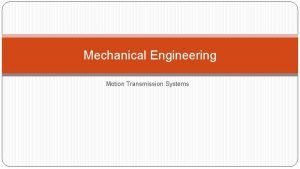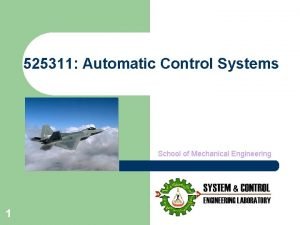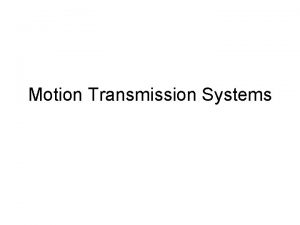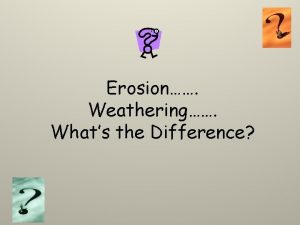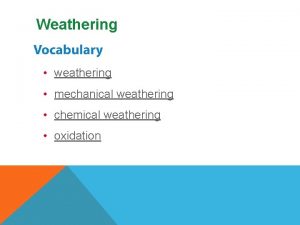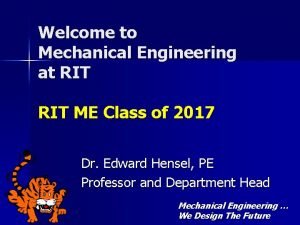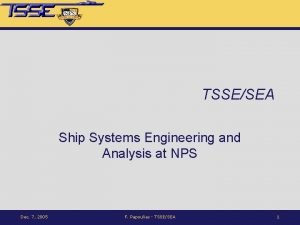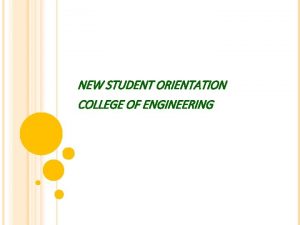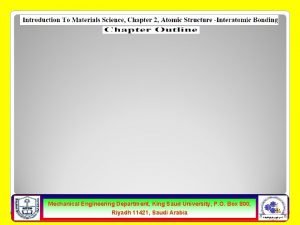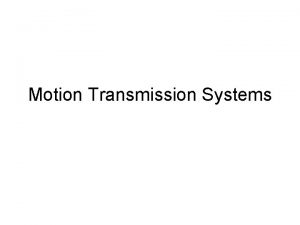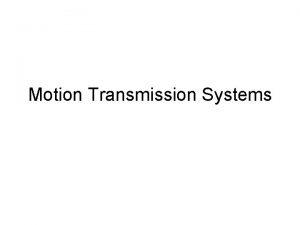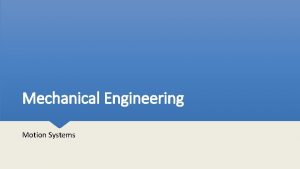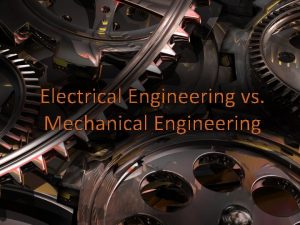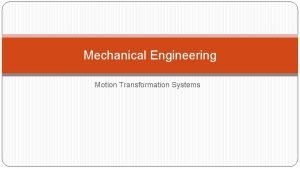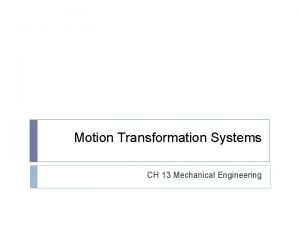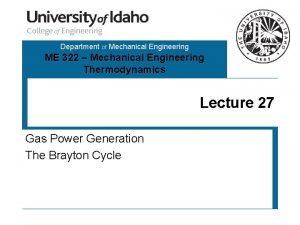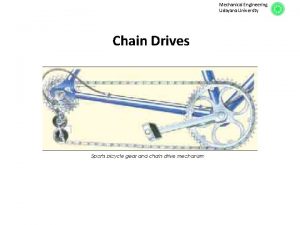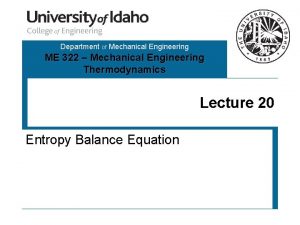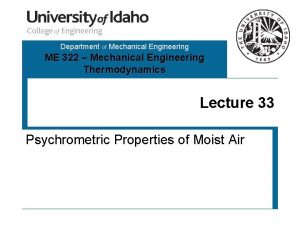Mechanical Engineering Motion Transmission Systems Whats a Motion


















- Slides: 18

Mechanical Engineering Motion Transmission Systems

What’s a Motion Transmission System? � Def: Relaying the same type of motion from one part of the system to the other part. �Translational to translational motion �Rotational to rotational motion

What do they contain? Most basic � Driver component which begins the motion � Driven component which receives the motion More complex systems also have � Intermediate components which are in-between the driver and driven component to transfer the motion from one to the other

Types of motion transmission systems 1. Gear Train 2. Chain and Sprocket

Types of motion transmission systems 3. Worm and Worm Gear/ Worm and Screw Gear 4. Friction Gear System

Types of motion transmission systems 5. Belt and Pulley System

Gear Trains Contains at least two gears that mesh together Direction of components Alternates from one gear to another Reversibility Yes

Gear Trains When building a gear train, you must consider: 1. The Gear teeth: Teeth must be evenly spaced and be the same size 2. The Gear types: Gears can either be straight gears or bevel gears 3. The Gear size More teeth = large diameter = slower rotation Less teeth = small diameter = faster rotation

Gear Types Straight Gear (a. k. a Spur Gear) Gears are right next to each other (at 180 degree angle)

Gear Types Bevel Gears meet at 90 degree angle

Chain and Sprocket Connects components that are far away from one another. The gears (sprockets) do not mesh together but are connected with a chain Direction of components The sprockets inside the chain will turn in the same direction. Reversibility Yes

Chain and Sprocket When building a chain and sprocket, you must consider that: 1. The teeth on the sprocket are identical to those on the chain, and must mesh easily 2. The system requires constant lubrication 3. The smaller the sprocket = the faster it turns

Worm and Worm Gear Consists of one endless screw and at least a gear It is not reversible Direction of components Depends with the thread direction on the worm screw shaft Reversibility No

Worm and Worm Gear When building a worm and screw gear, you must ensure that: 1. 2. The gear teeth match the worm’s grooves The driver must be the worm

Friction Gear System � Similar to gear trains yet less efficient because the friction gears can slip. � The larger the gear = the slower the rotation

Friction Gear System Direction of components Alternates from one gear to another Reversibility Yes

Belt and Pulley System Similar to a Chain and Sprocket System, yet again lacks teeth Direction of components Reversibility The sprockets inside the belt will turn in the same direction. Yes

Belt and Pulley System When building a belt and pulley system, you must ensure: 1. Pulleys must contain a groove where the belt can fit 2. The belt must adhere (stick) to the pulleys 3. The smaller the pulley = the faster it turns
 Engineering elegant systems: theory of systems engineering
Engineering elegant systems: theory of systems engineering Elegant systems
Elegant systems Transformation de mouvement
Transformation de mouvement Whats a gear train
Whats a gear train Motion transmission systems
Motion transmission systems 525311
525311 Mechanical considerations of transmission line
Mechanical considerations of transmission line Actual mechanical advantage vs ideal mechanical advantage
Actual mechanical advantage vs ideal mechanical advantage Motion transmission examples
Motion transmission examples Whats chemical weathering
Whats chemical weathering Wietrzenie
Wietrzenie Type of weathering
Type of weathering Mechanical energy examples
Mechanical energy examples Ytu erasmus ofisi
Ytu erasmus ofisi Rit mechanical engineering curriculum
Rit mechanical engineering curriculum Nps mechanical engineering
Nps mechanical engineering Mechanical engineering usf flowchart
Mechanical engineering usf flowchart Specialcourseinfo
Specialcourseinfo Ksu mechanical engineering
Ksu mechanical engineering



